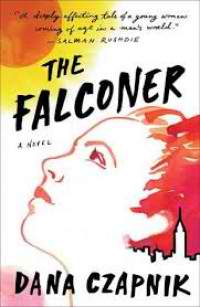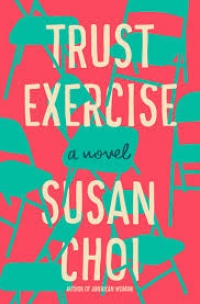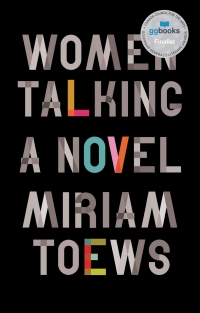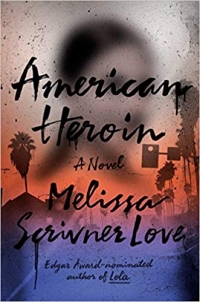The Falconer by Dana Czapnik
 Wednesday, April 10, 2019 at 7:18AM
Wednesday, April 10, 2019 at 7:18AM 
Published by Atria Books on January 29, 2019
When she’s not taking one hundred shots a day as a form of meditation, Lucy Adler plays pickup basketball on the street courts of Manhattan. She’s played one-on-one against Percy Abney all her life. They both attend private prep schools but their street smarts help them survive on the courts. Lucy has a thing for Percy, but he loves her as a friend and does not share her romantic desire. Percy is popular because he’s a baller and will inherit a fortune, but he is careless with the feelings of the women he beds. His obnoxious brother Brent is popular because he buys friendship. Lucy is not popular. The students at her school assume she’s a lesbian because she’s tall and athletic. Other girls don’t like her because she doesn’t want to talk about diets.
For that matter, Lucy doesn’t really like herself. She judges herself based on how she believes others perceive her. She isn’t doing the right things to get into a top college. She isn’t beautiful. She lacks effervescence. She doesn’t wear the right clothes. She feels unloved and expects that will never change.
Like most people, Lucy and her friends are self-absorbed. I was initially put off by Lucy’s teenage angst, although her random internal musings are entertaining. Abstract thoughts spin from concrete observations. When she babysits, she contemplates the belongings of her neighbors as she rifles through their drawers. She thinks about poultry and the nature of beauty and whether an American flag made out of dildos has artistic value.
As the novel moves forward, either Lucy’s thoughts deepen or I began to empathize with her agony. Maybe both are true. Lucy has something to say when she considers the collective experiences that define a generation and the difficulty of defining oneself as an individual in the face of pressure to conform. She ponders gravity and risk after watching the Challenger explode. She looks at a boot print in the snow and thinks about how things change in minutes. She considers the value of loneliness because it reminds her of the importance of other people. She makes a good argument that naked female bodies, unlike male bodies, carry “the weight of history.” Maybe those aren’t profound thoughts (although maybe some are), but they are deeper than the thoughts she has about why boys don’t like her.
On the other hand, some of the deep thoughts shared by a friend with an alcoholic mother were expressed in a way that struck me as contrived, and her friend Violet’s attempt to instill a feminist education in Lucy amounts to little more than bromides. Fortunately, Lucy has a talk with her mother (who has a Ph.D. and clearly qualifies as a feminist despite quitting a professorship to raise Lucy) that helps her gain a more practical view of life from someone who has actually lived one.
A sex scene that takes place while a hockey game is blaring away on television is without doubt one of the best literary descriptions of lost virginity I’ve read. Not because the sex is titillating (far from it) but because Lucy is so unprepared to have sex that is divorced from intimacy. The juxtaposition of lust and anxiety and hockey commentary is unique and amazing.
Near the end, the story becomes a love/hate letter to New York City (a place that is easy to love and hate) and then to the world, which Lucy thinks “is so beautiful, even when it’s hideous.” Lucy isn’t quite sure if she is an existentialist, an idealist, or just a lonely woman whose friends betray her. Lucy contains multitudes. Her desire is to see the world for what it is, in all its complexity and contradictions. That should be a universal goal, but as Lucy discovers, most people only want to see what they already believe to be true.
The Falconer is a strong coming-of-age novel. Lucy’s perspective (or variety of perspectives, given that she is constantly at war with herself) is unusual and all the more worthwhile because hers is not a common point of view in coming-of-age literature. Coming of age ultimately means deciding what kind of person you want to be. Lucy’s decision might serve as an inspiration, not just to high school girls who play basketball, but to everyone who is coming of age, no matter what age they might be.
RECOMMENDED



